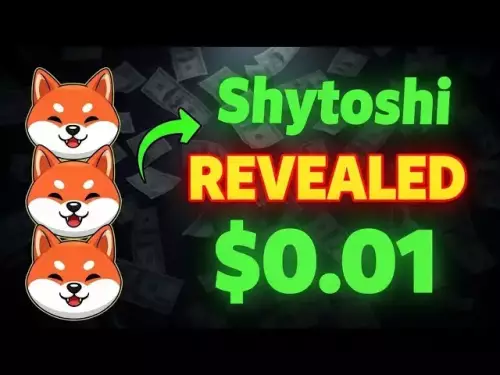-
 Bitcoin
Bitcoin $109300
-3.13% -
 Ethereum
Ethereum $4325
-5.34% -
 XRP
XRP $2.853
-5.03% -
 Tether USDt
Tether USDt $1.000
0.01% -
 BNB
BNB $858.7
-1.94% -
 Solana
Solana $209.6
-1.77% -
 USDC
USDC $0.9998
-0.02% -
 Dogecoin
Dogecoin $0.2152
-3.63% -
 TRON
TRON $0.3369
-2.86% -
 Cardano
Cardano $0.8291
-4.35% -
 Chainlink
Chainlink $23.38
-7.08% -
 Hyperliquid
Hyperliquid $44.83
-7.42% -
 Ethena USDe
Ethena USDe $1.001
-0.01% -
 Sui
Sui $3.323
-4.78% -
 Stellar
Stellar $0.3606
-6.12% -
 Bitcoin Cash
Bitcoin Cash $533.2
-3.75% -
 Avalanche
Avalanche $23.80
-3.23% -
 Cronos
Cronos $0.2944
-13.91% -
 Hedera
Hedera $0.2277
-4.49% -
 UNUS SED LEO
UNUS SED LEO $9.447
-1.13% -
 Litecoin
Litecoin $110.1
-2.96% -
 Toncoin
Toncoin $3.061
-3.75% -
 Shiba Inu
Shiba Inu $0.00001219
-3.24% -
 Polkadot
Polkadot $3.817
-3.50% -
 Uniswap
Uniswap $9.573
-3.87% -
 Dai
Dai $0.0000
0.00% -
 Bitget Token
Bitget Token $4.554
-0.97% -
 Monero
Monero $263.3
-2.75% -
 Aave
Aave $310.0
-1.98% -
 Ethena
Ethena $0.6484
-2.10%
Coinbase Fees Explained: How to Minimize Your Costs
Coinbase fees vary by transaction type, payment method, and trading volume, with lower costs available on Advanced Trade through limit orders and bank transfers.
Aug 29, 2025 at 03:43 pm
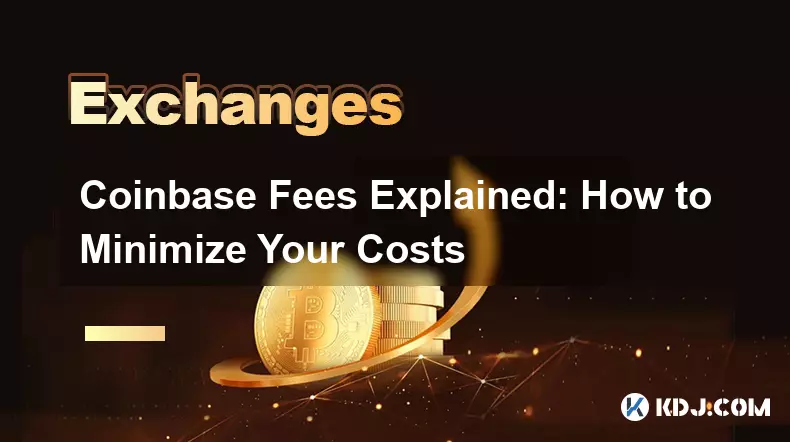
Coinbase Fees Explained: Understanding the Structure
1. Coinbase operates with a transparent fee model that varies based on transaction type, payment method, and user location. When buying or selling cryptocurrencies, users are charged a spread fee, typically around 0.5%, which is the difference between the market price and the price you pay on the platform.
2. In addition to the spread, Coinbase applies a separate transaction fee that depends on the purchase amount and payment method. Using a linked bank account usually incurs lower fees compared to debit or credit cards, which can add 3% or more to the transaction cost.
3. The platform uses a tiered pricing system for its Coinbase Pro (now Advanced Trade) service, where fees are based on trading volume over the past 30 days. Market makers may even receive rebates on large-volume trades, while takers pay a percentage that decreases as volume increases.
4. Instant purchases through the mobile app or website are subject to dynamic pricing, meaning the fee adjusts in real time based on market volatility and network congestion. This can lead to higher costs during peak trading hours or periods of high demand.
5. Withdrawal fees also apply when moving funds to external wallets. These are usually minimal for fiat but can vary for cryptocurrencies depending on blockchain network conditions and confirmation speeds.
Strategies to Reduce Trading Fees on Coinbase
1. Switching to Coinbase Advanced Trade can drastically reduce costs. This interface separates trading fees from the standard Coinbase app and offers lower rates, especially for users who place limit orders as market makers.
2. Avoid using credit or debit cards for funding purchases. These methods carry a 3% fee, which accumulates quickly. Instead, link a bank account via ACH transfer, which is often free or carries a minimal fixed fee.
3. Schedule larger trades less frequently to benefit from volume-based discounts on the Advanced Trade platform. Users who trade over $10,000 monthly unlock lower fee tiers, reducing both maker and taker fees.
4. Use limit orders instead of market orders. Limit orders add liquidity to the market and are often charged lower fees or even rebates, while market orders remove liquidity and incur higher taker fees.
5. Monitor network congestion before executing withdrawals. High blockchain fees can make small transfers uneconomical. Consolidating withdrawals during low-traffic periods helps minimize these external network charges.
Hidden Costs and How to Avoid Them
1. The displayed price on Coinbase may not reflect the final cost due to the spread and additional fees. Always review the detailed breakdown before confirming any transaction to understand the total expense.
2. Recurring buys, while convenient, may not always offer the best rates. These automated purchases execute at market price, which can include higher spreads during volatile periods. Manually timing buys during stable market conditions can lead to better pricing.
3. Converting between cryptocurrencies on Coinbase often incurs double fees—once for selling the initial asset and again for purchasing the new one. Using a single trade pair on Advanced Trade reduces this overhead.
4. Small, frequent transactions increase the relative impact of fixed fees. Combining multiple small trades into a single larger transaction improves cost efficiency and reduces frictional expenses.
5. Third-party payment processors may add their own charges on top of Coinbase’s fees. Always verify if additional service fees apply when using certain funding methods, especially international bank transfers or wire deposits.
Frequently Asked Questions
What is the difference between Coinbase and Coinbase Advanced Trade fees?Coinbase charges a combined spread and transaction fee on the standard platform, often totaling 1.5% to 4%. Coinbase Advanced Trade separates these fees, offering lower taker and maker rates based on trading volume, with potential rebates for high-volume market makers.
Can I avoid fees entirely by transferring to a different wallet?While transferring to a non-custodial wallet avoids ongoing trading fees, blockchain network fees still apply during withdrawal. These are not controlled by Coinbase but by the underlying cryptocurrency network and vary with congestion.
Why do my fees change even for the same trade amount?Fees fluctuate due to real-time market conditions, payment method selection, and network load. Dynamic pricing adjusts the spread during volatility, and blockchain fees change based on transaction demand, leading to inconsistent costs for identical trade sizes.
Are there any subscription plans to reduce Coinbase fees?Coinbase does not offer subscription-based fee reductions. However, higher trading volumes on Advanced Trade automatically qualify users for lower fee tiers, effectively reducing costs without a recurring payment.
Disclaimer:info@kdj.com
The information provided is not trading advice. kdj.com does not assume any responsibility for any investments made based on the information provided in this article. Cryptocurrencies are highly volatile and it is highly recommended that you invest with caution after thorough research!
If you believe that the content used on this website infringes your copyright, please contact us immediately (info@kdj.com) and we will delete it promptly.
- Bitcoin, Digital Health, Crypto Convergence: A New Era of Economic Resilience
- 2025-08-29 21:05:17
- BlockchainFX & Meme Coins: What's the Deal in 2025?
- 2025-08-29 19:05:12
- XRP Price Primed for Massive Rally? Raoul Pal Weighs In
- 2025-08-29 17:25:13
- Bitcoin's Future Value & Web Companies: A Perfect Storm?
- 2025-08-29 18:10:18
- Bitcoin Price Prediction: Institutional Wave Meets Reality Check, Says Research Firm
- 2025-08-29 15:30:16
- US ETFs, Bitcoin, and Spot Trading: A New Era?
- 2025-08-29 15:05:13
Related knowledge
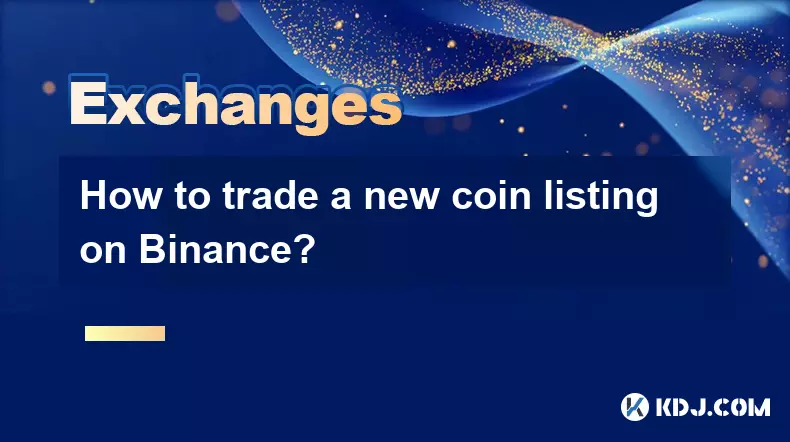
How to trade a new coin listing on Binance?
Aug 29,2025 at 11:14am
Understanding the Pre-Listing Phase1. Research the project thoroughly before any listing announcement. Whitepapers, team backgrounds, and community se...
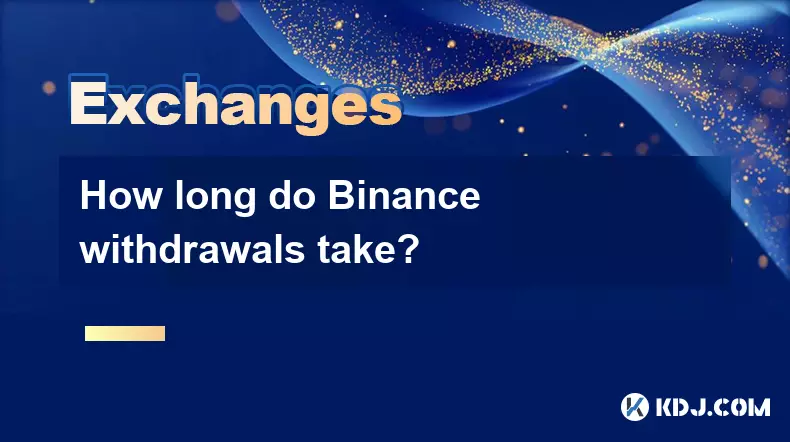
How long do Binance withdrawals take?
Aug 29,2025 at 02:57pm
Understanding Binance Withdrawal Processing Times1. Binance typically processes cryptocurrency withdrawals within a few minutes after the request is c...
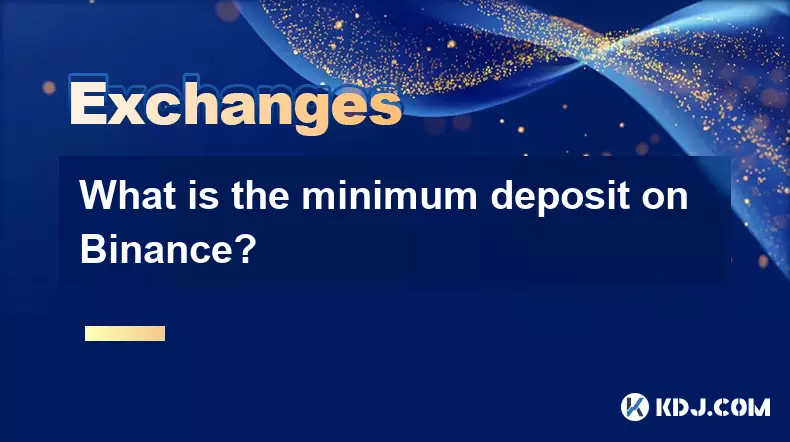
What is the minimum deposit on Binance?
Aug 29,2025 at 01:01pm
Understanding Binance Deposit Requirements1. The minimum deposit on Binance varies depending on the cryptocurrency being deposited. Each digital asset...
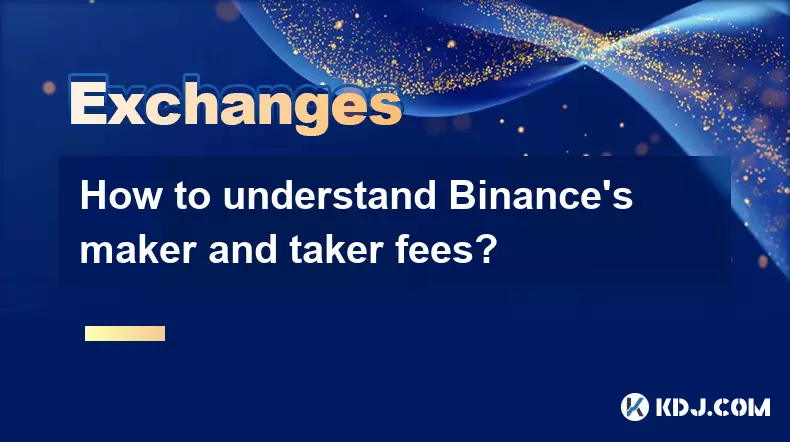
How to understand Binance’s maker and taker fees?
Aug 29,2025 at 02:28pm
Understanding Decentralized Exchanges in the Crypto Ecosystem1. Decentralized exchanges (DEXs) operate without a central authority, allowing users to ...
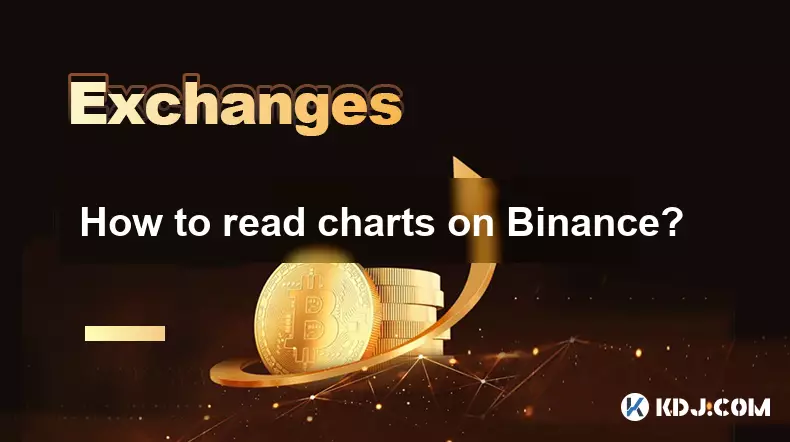
How to read charts on Binance?
Aug 29,2025 at 08:28am
Understanding Candlestick Patterns1. Each candlestick on Binance represents price movement over a specific time interval, such as one minute, five min...
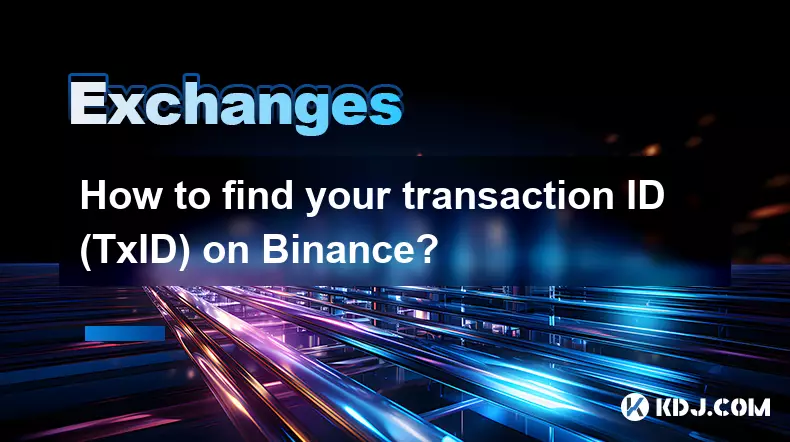
How to find your transaction ID (TxID) on Binance?
Aug 29,2025 at 08:57am
Understanding Transaction ID (TxID) in Binance1. A Transaction ID, commonly known as TxID, is a unique alphanumeric string assigned to every blockchai...

How to trade a new coin listing on Binance?
Aug 29,2025 at 11:14am
Understanding the Pre-Listing Phase1. Research the project thoroughly before any listing announcement. Whitepapers, team backgrounds, and community se...

How long do Binance withdrawals take?
Aug 29,2025 at 02:57pm
Understanding Binance Withdrawal Processing Times1. Binance typically processes cryptocurrency withdrawals within a few minutes after the request is c...

What is the minimum deposit on Binance?
Aug 29,2025 at 01:01pm
Understanding Binance Deposit Requirements1. The minimum deposit on Binance varies depending on the cryptocurrency being deposited. Each digital asset...

How to understand Binance’s maker and taker fees?
Aug 29,2025 at 02:28pm
Understanding Decentralized Exchanges in the Crypto Ecosystem1. Decentralized exchanges (DEXs) operate without a central authority, allowing users to ...

How to read charts on Binance?
Aug 29,2025 at 08:28am
Understanding Candlestick Patterns1. Each candlestick on Binance represents price movement over a specific time interval, such as one minute, five min...

How to find your transaction ID (TxID) on Binance?
Aug 29,2025 at 08:57am
Understanding Transaction ID (TxID) in Binance1. A Transaction ID, commonly known as TxID, is a unique alphanumeric string assigned to every blockchai...
See all articles
























